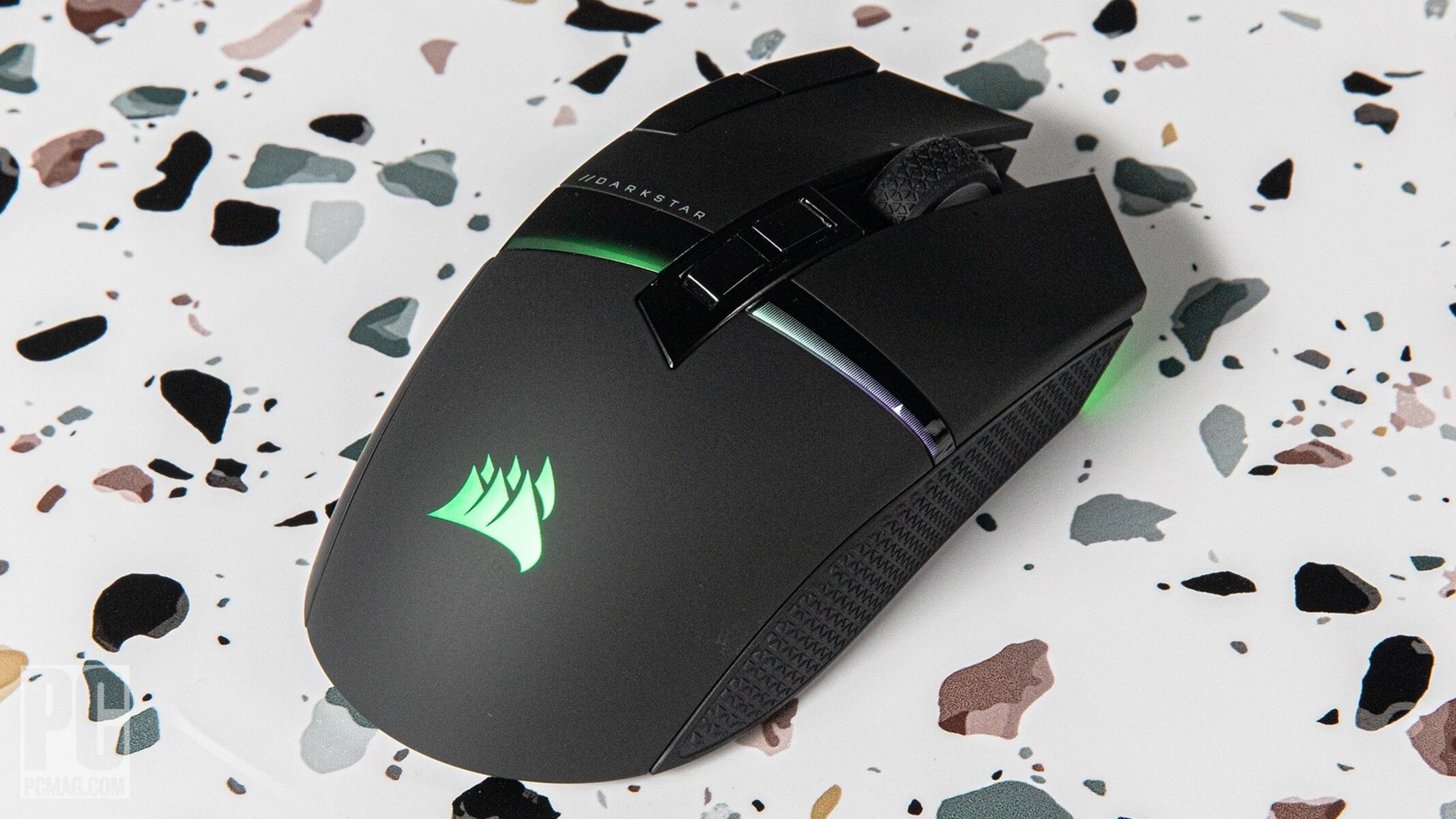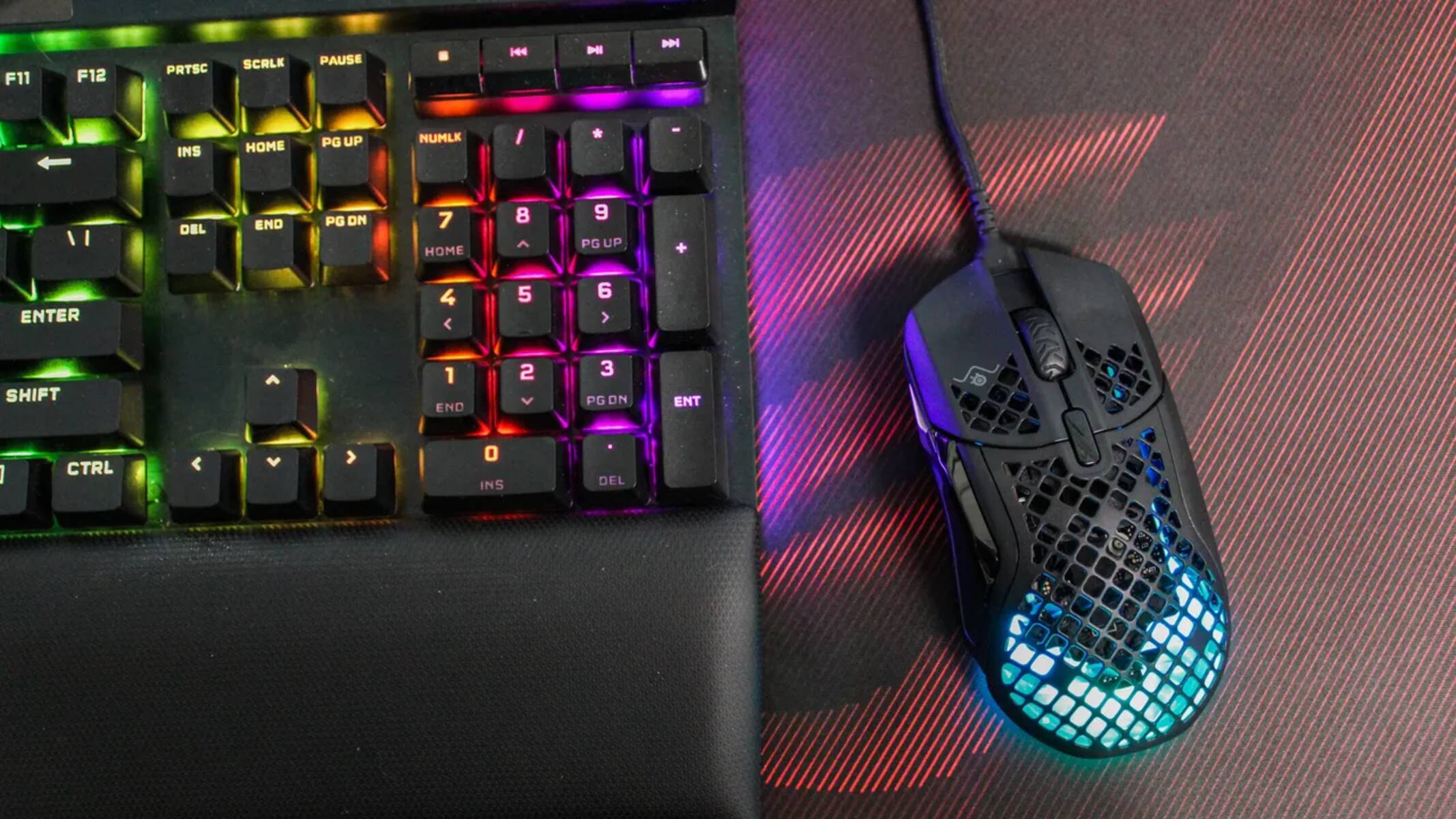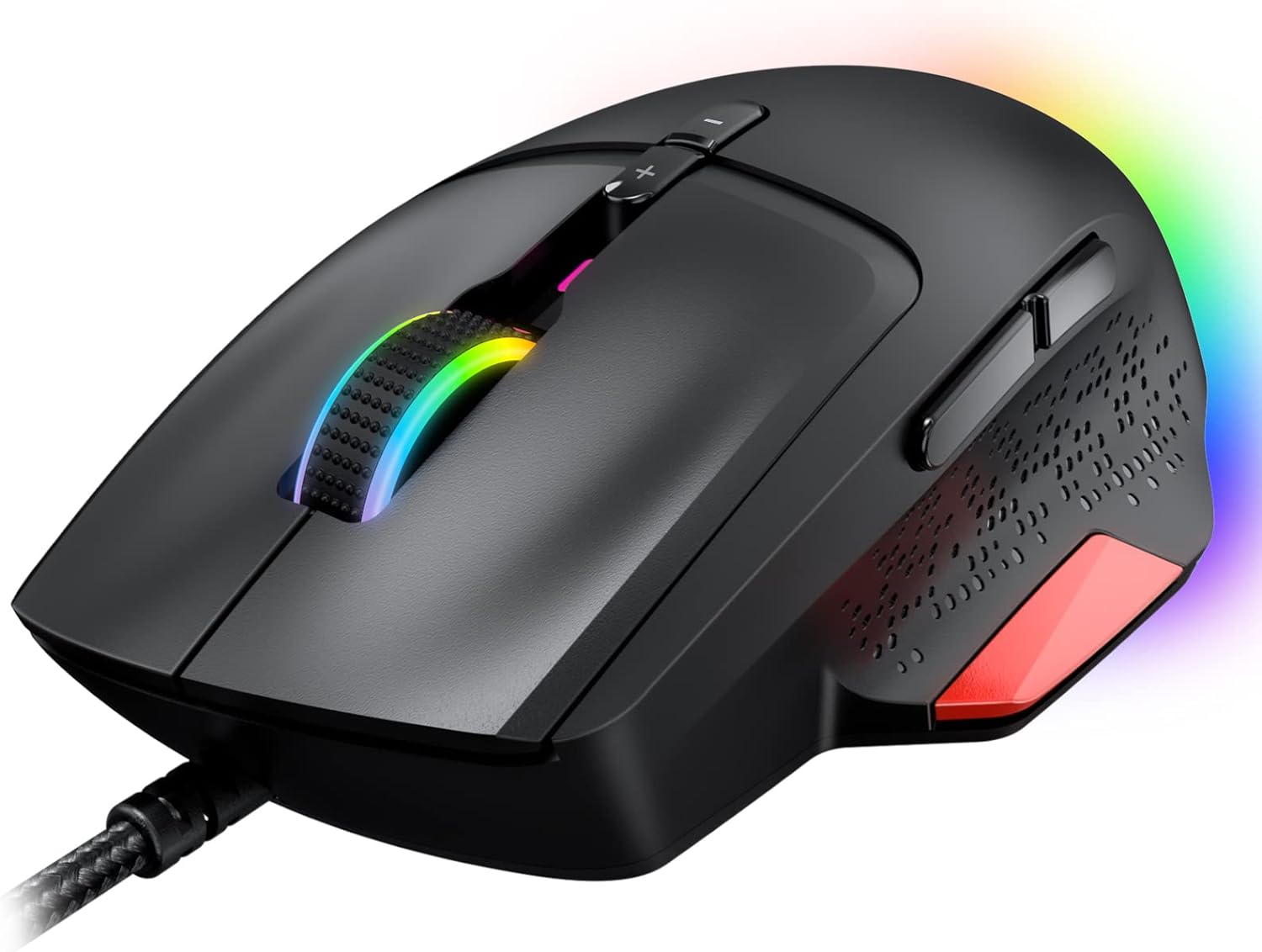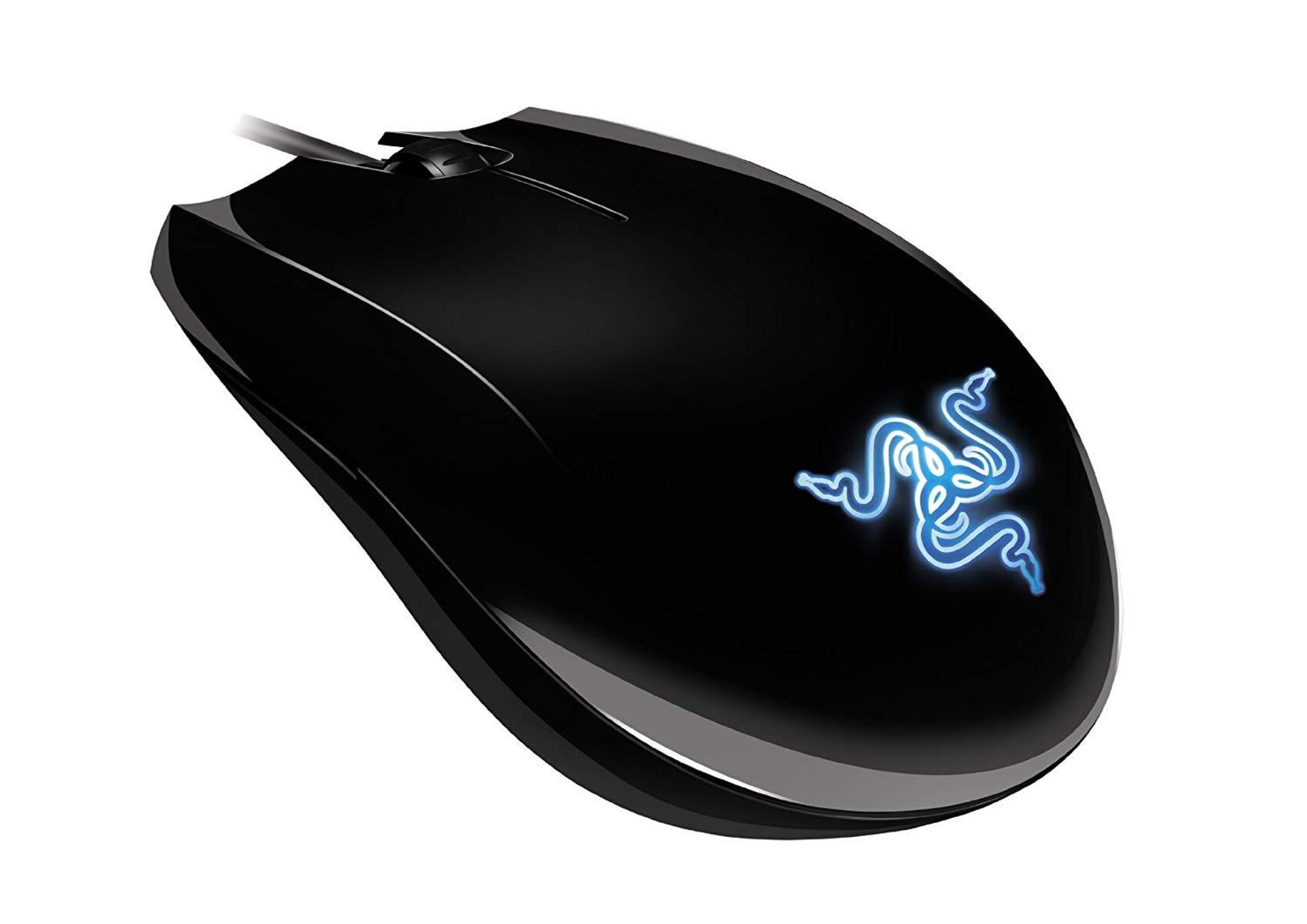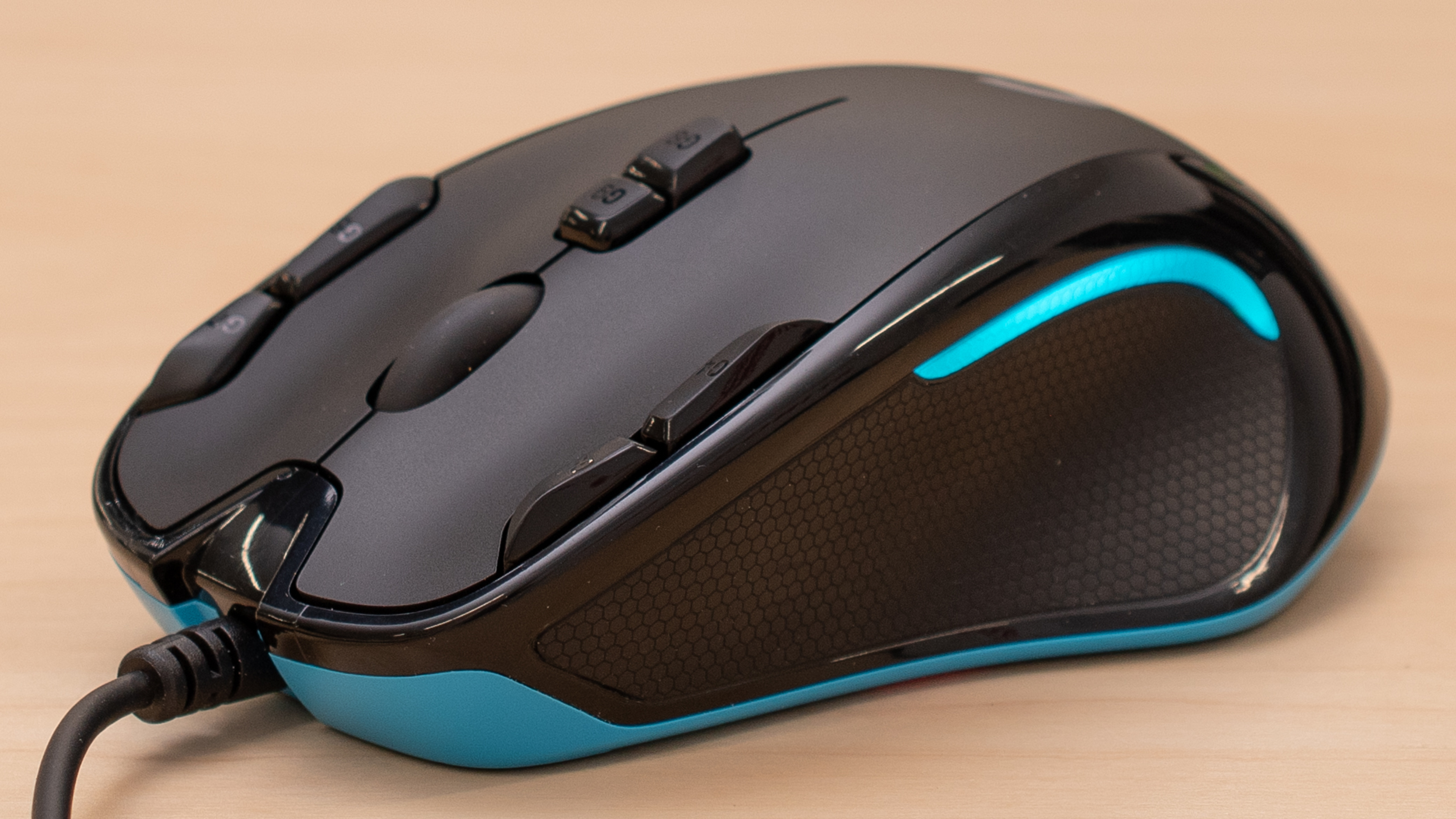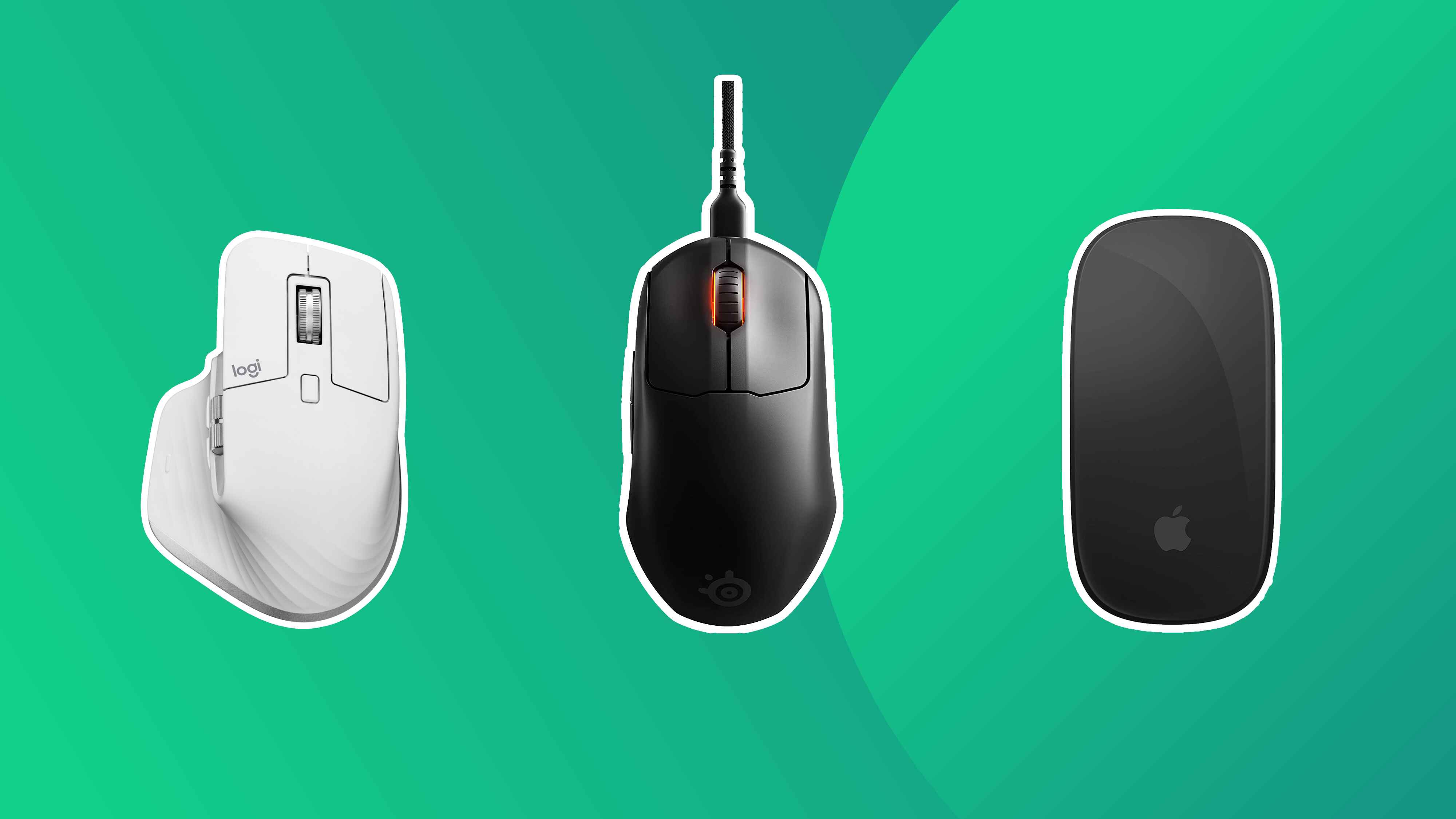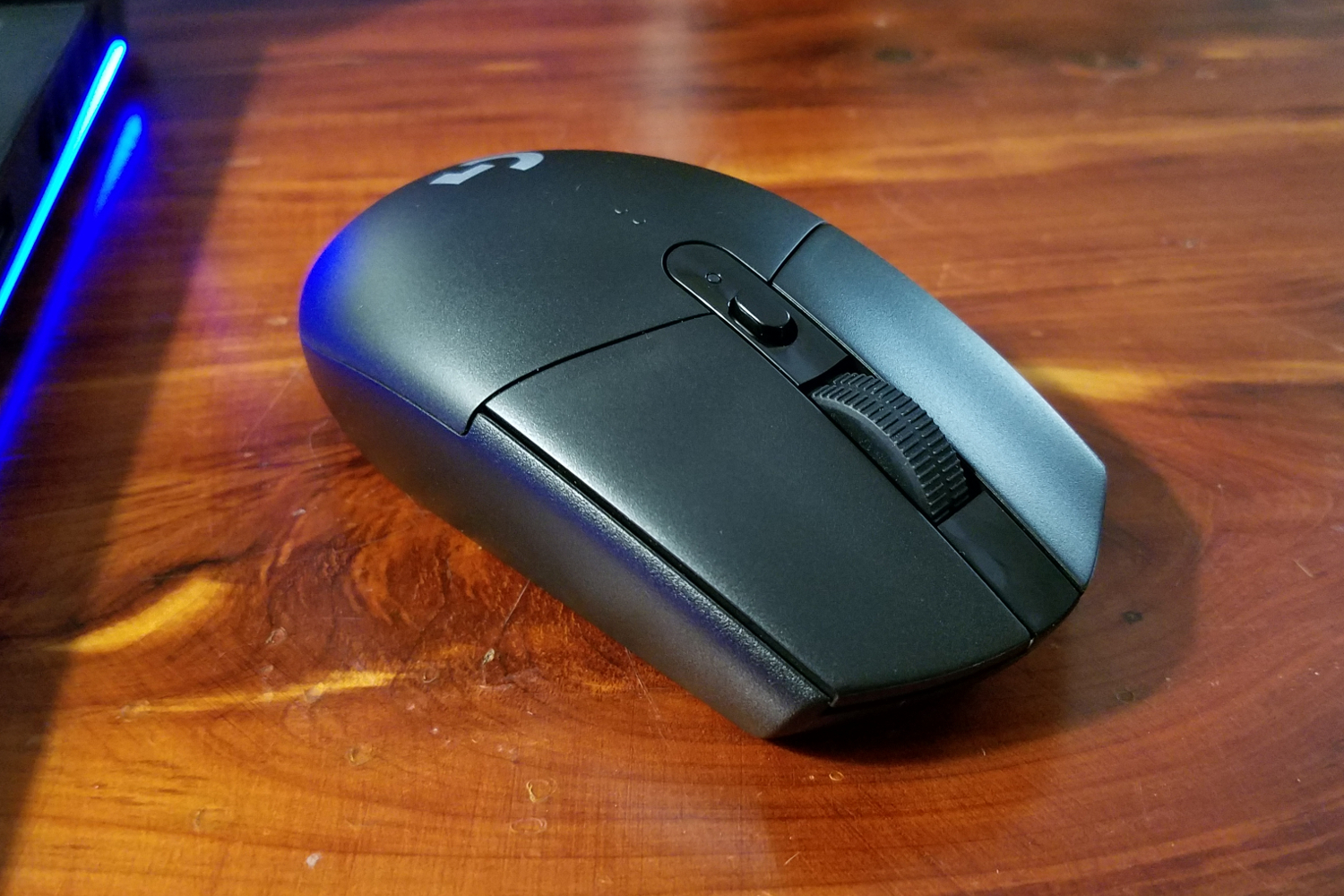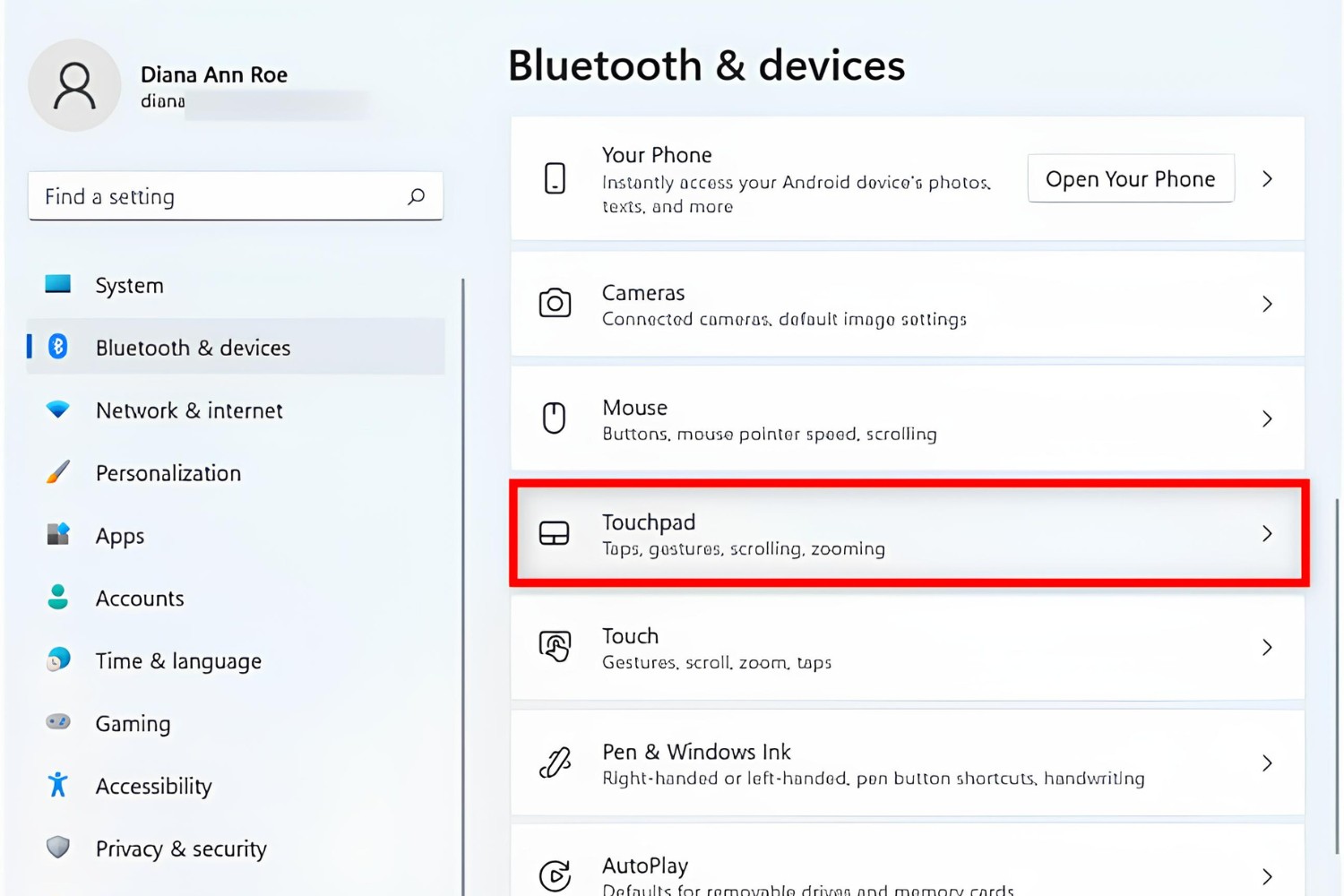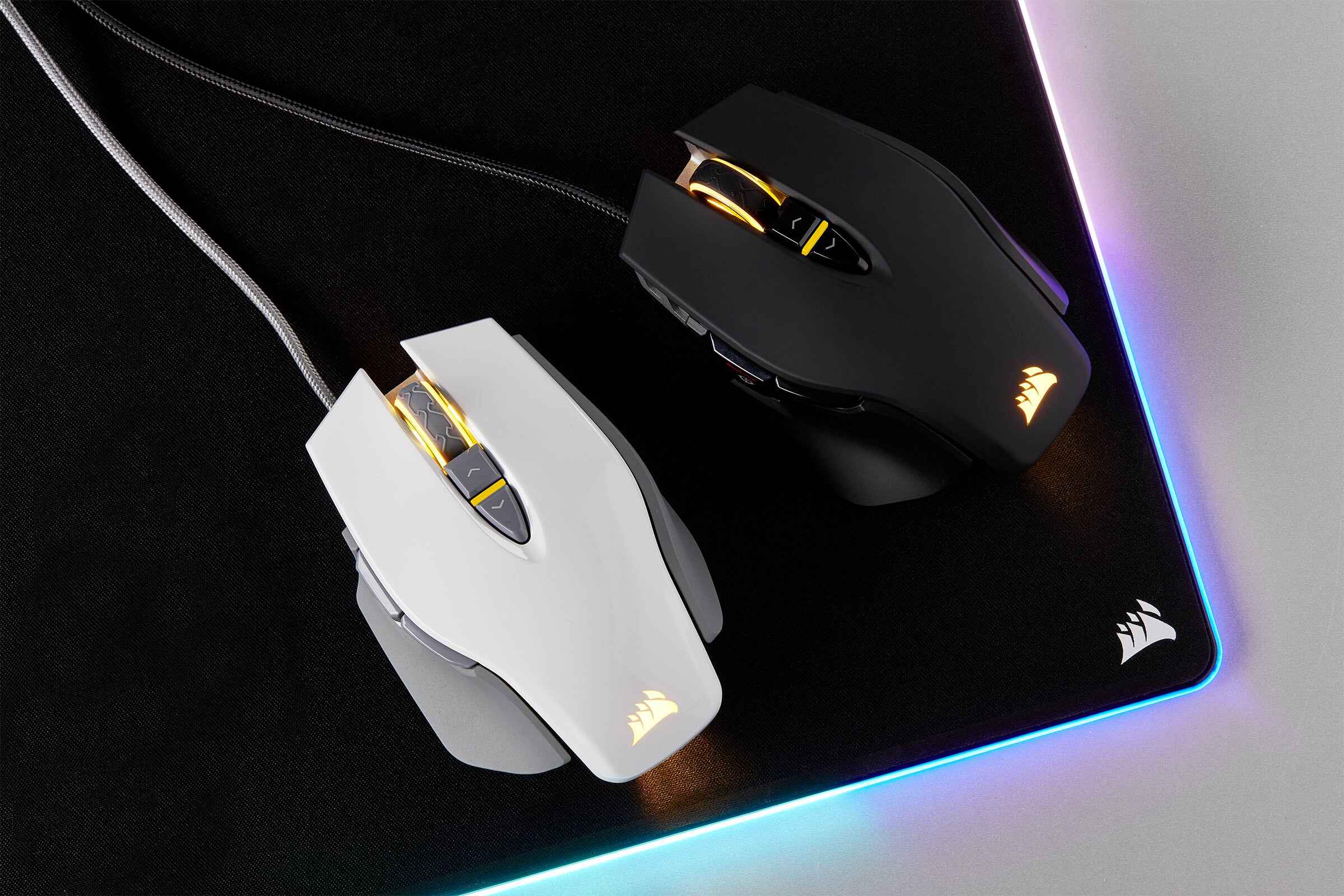Introduction
Gaming mice are designed with a plethora of customizable buttons to cater to the diverse needs of gamers. However, when it comes to using these mice on a Mac, users often encounter limitations in configuring the functionality of these buttons. While Mac systems offer a degree of customization for standard mice, the options for gaming mice are relatively restricted. This can be frustrating for gamers who wish to optimize their gaming experience on a Mac.
Fortunately, with the help of third-party software, Mac users can unlock the full potential of their gaming mice and assign specific functions to the additional buttons. By leveraging these tools, gamers can enhance their productivity and gaming performance by tailoring their mouse's buttons to execute various commands and macros.
In this guide, we will explore the process of assigning gaming mouse buttons on a Mac using third-party software. By following the steps outlined in this tutorial, Mac users can overcome the limitations of the native mouse configuration settings and unleash the full capabilities of their gaming mice. Let's delve into the details of how to download, install, and configure the necessary software to optimize the functionality of gaming mouse buttons on a Mac.
Step 1: Downloading and Installing Third-Party Software
When it comes to customizing the functionality of gaming mouse buttons on a Mac, third-party software serves as the key enabler. One popular application that empowers Mac users to configure their gaming mice is the “USB Overdrive” software. This versatile tool allows users to assign specific commands and actions to the programmable buttons on their gaming mice, offering a level of customization that goes beyond the native settings provided by macOS.
To begin, Mac users can navigate to the official website of “USB Overdrive” and locate the appropriate version of the software compatible with their operating system. The website typically provides clear instructions for downloading and installing the application, ensuring a seamless setup process for users.
Once the software has been downloaded, users can proceed with the installation by following the on-screen prompts. The straightforward installation process simplifies the setup of “USB Overdrive,” making it accessible to users with varying levels of technical expertise.
After the installation is complete, users can launch the “USB Overdrive” application to initiate the configuration of their gaming mouse buttons. The user-friendly interface of the software facilitates the assignment of custom functions to the individual buttons on the gaming mouse, allowing users to personalize their mouse settings to align with their specific workflow or gaming preferences.
By leveraging the capabilities of “USB Overdrive,” Mac users can transcend the limitations of the native mouse configuration options and unlock the full potential of their gaming mice. This powerful software empowers users to optimize their gaming experience and productivity by tailoring the functionality of their gaming mouse buttons to suit their unique requirements.
Step 2: Configuring Mouse Buttons
Once the “USB Overdrive” software is installed, Mac users can delve into the process of configuring the buttons on their gaming mice to perform specific actions or commands. This step involves customizing the functionality of each programmable button to suit the user’s preferences, whether for gaming, productivity, or general computer use.
Upon launching the “USB Overdrive” application, users are presented with a user-friendly interface that enables them to identify and configure the individual buttons on their gaming mouse. The software typically provides a visual representation of the mouse, allowing users to select each button and assign desired functions or actions to them.
Users can customize the buttons by assigning a wide range of actions, including keystrokes, mouse clicks, scrolling, and even complex macros. This level of flexibility empowers users to tailor their mouse buttons to perform intricate sequences of commands, providing a significant advantage in gaming scenarios and streamlining workflows for productivity tasks.
Furthermore, “USB Overdrive” allows for the creation of profiles, enabling users to switch between different button configurations based on their specific needs. This feature is particularly beneficial for gamers who may require distinct button mappings for different games or genres, as well as professionals who utilize specialized workflows in various applications.
By configuring the mouse buttons through “USB Overdrive,” Mac users can harness the full potential of their gaming mice, elevating their user experience and efficiency. The ability to assign custom functions to each button empowers users to optimize their workflow, execute commands with precision, and gain a competitive edge in gaming environments.
Step 3: Testing the Configuration
After configuring the gaming mouse buttons using the “USB Overdrive” software, it is essential to thoroughly test the assigned functions to ensure that the desired actions are executed accurately. Testing the configuration not only validates the customization but also allows users to fine-tune the settings for optimal performance.
Mac users can initiate the testing phase by navigating to various applications and environments where the customized mouse buttons are intended to be utilized. For gamers, this may involve testing the assigned functions in different game titles to assess their responsiveness and effectiveness in enhancing gameplay. Similarly, professionals can evaluate the functionality of the configured buttons within productivity software, verifying their seamless integration into specific tasks and workflows.
During the testing phase, users should pay close attention to the responsiveness of the assigned functions, ensuring that each button performs the intended action without delay or inconsistency. This meticulous evaluation enables users to make adjustments to the button configurations as needed, refining the settings to align with their precise requirements.
Furthermore, users can assess the ergonomics of the button assignments, considering the comfort and accessibility of the configured functions during prolonged use. This aspect is particularly crucial for gamers and professionals who rely on their gaming mice for extended periods, emphasizing the importance of ergonomic button configurations that enhance user comfort and efficiency.
By rigorously testing the configuration of gaming mouse buttons on a Mac, users can validate the efficacy of their customizations and fine-tune the settings to achieve an optimal user experience. This iterative process of testing and refining the button configurations ensures that the gaming mouse functions seamlessly align with the user’s preferences, ultimately enhancing productivity, gaming performance, and overall user satisfaction.
Conclusion
Customizing gaming mouse buttons on a Mac opens up a world of possibilities for users seeking to elevate their gaming experience, streamline productivity, and tailor their workflow to specific requirements. By leveraging third-party software such as “USB Overdrive,” Mac users can transcend the limitations of native mouse configuration settings and unlock the full potential of their gaming mice.
Throughout this guide, we have explored the essential steps involved in assigning gaming mouse buttons on a Mac, from downloading and installing third-party software to configuring the buttons and rigorously testing the customizations. This comprehensive approach empowers users to personalize their gaming mice, mapping specific commands, actions, and macros to the programmable buttons with precision and flexibility.
With the ability to assign custom functions to individual mouse buttons and create profiles for different usage scenarios, Mac users can optimize their gaming performance, enhance productivity, and streamline their workflows. The seamless integration of customized button configurations into various applications and gaming environments empowers users to execute commands with precision, gain a competitive edge in gaming, and achieve greater efficiency in their daily tasks.
By embracing the capabilities of “USB Overdrive” and similar third-party software, Mac users can unlock a new level of customization and control over their gaming mice, tailoring the functionality of each button to align with their unique preferences and requirements. This level of personalization not only enhances the user experience but also fosters a sense of empowerment and efficiency in gaming and productivity endeavors.
In conclusion, the process of assigning gaming mouse buttons on a Mac through third-party software represents a significant advancement in customizability and functionality, allowing users to harness the full potential of their gaming mice and optimize their user experience to suit their individual needs.







